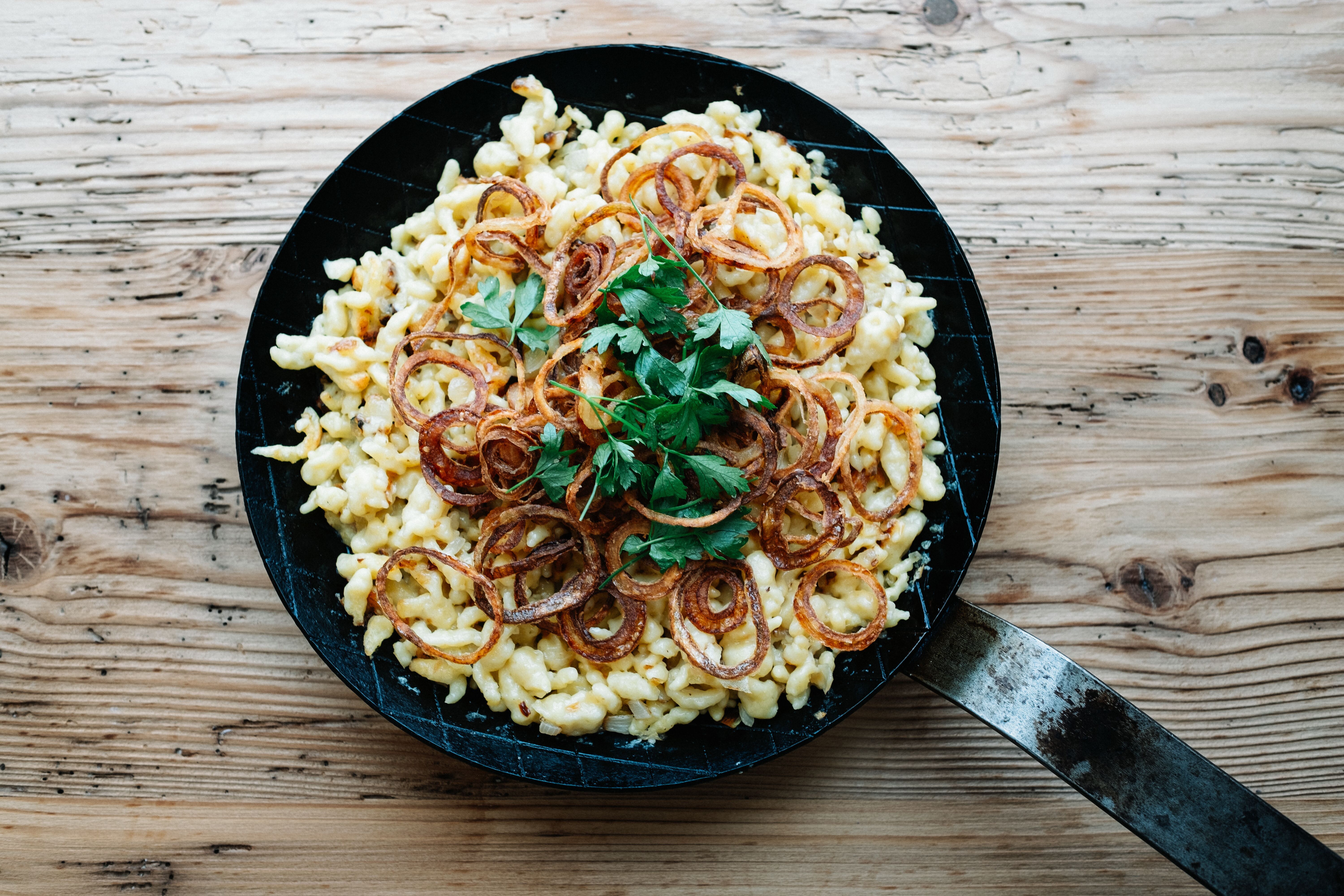Must-eats
You absolutely must try these 15 dishes during your holiday in Tirol.
Top dishes: Must-eats
Mountain air makes you hungry! Good job, then, that Tirol is home to some of the healthiest and heartiest food in the Alps. From super-strong mountain cheese to dumplings and apple strudel, there is something – quite literally – to suit every taste.
Find the right restaurant for you here.

With these recipes you can bring your Tyrolean holiday home with you.
The best culinary events to try out.